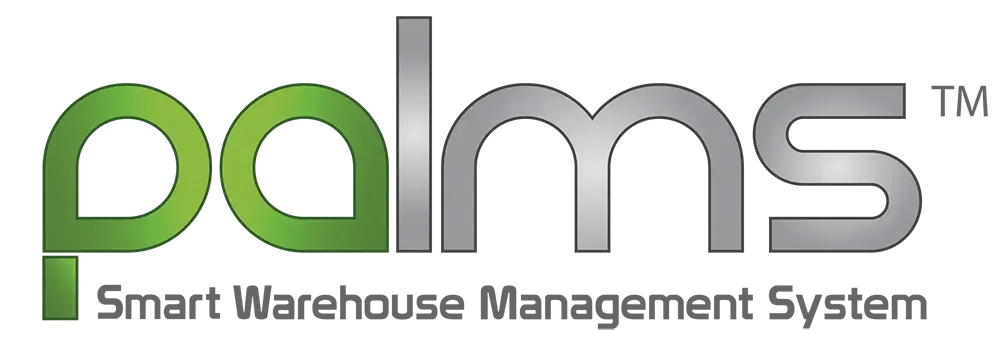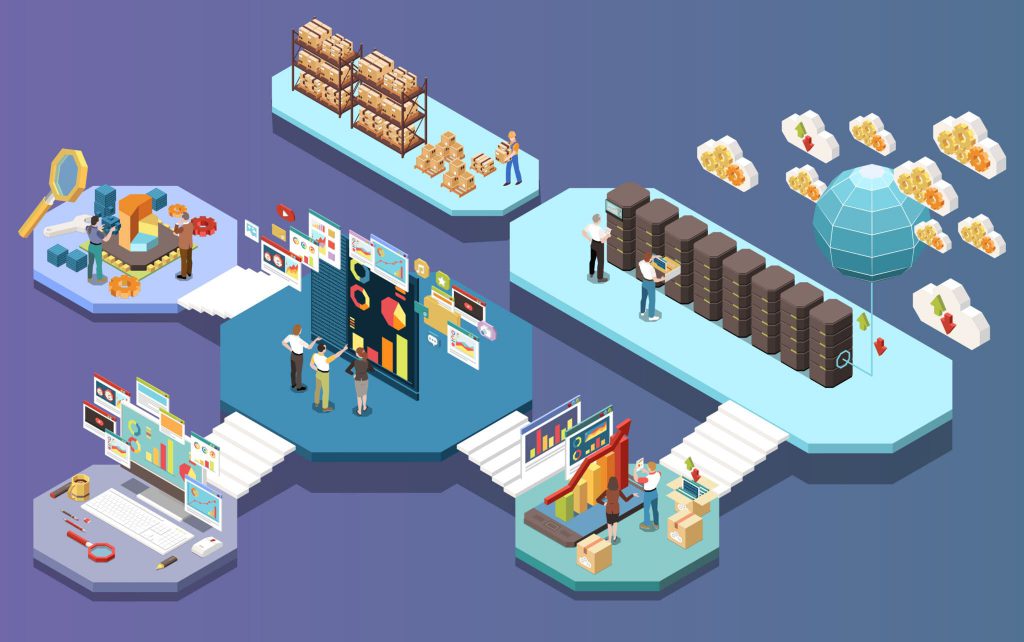What is Inventory Forecasting?
Inventory forecasting is the method to estimate or predict the stock required to be procured in the warehouse to meet the customers’ demands. The predictions are based on past orders by the customer based on the quantity of SKU, number of orders, and market conditions (for seasonal products)
Advantages of Forecasting
- It helps to maintain accurate inventory levels in the warehouse. There is a reduction in excess inventory, especially slow-moving stock within the warehouse which remains lying for a long-time occupying warehouse space.
- Workforce requirements can be predicted based on incoming orders. It helps in saving extra labor costs within the warehouse. It gives an added advantage to 3PL operators and their customers (supplier to the warehouse) of cost-efficient solutions.
- Reduction in back order or cancellation of order from the customers due to availability of inventory in the warehouse. This leads to higher customer satisfaction and improved turnaround time of sales order, as multiple orders are not required due to cancellations
- Reduces inventory holding cost and storage utilization in the warehouse. Warehouse reduces in procurement of slow moving items and thus reduction in inventory holding cost.
Methods of Inventory Forecasting
Naïve Forecasting
This is one of the easiest methods of forecasting where past data is considered to predict the future requirements. In this method, past data is measured over a particular time period and same estimate is made for the future needs. Example – Grocery purchase in a family over the past month is considered to estimate the same for next month. The same amount grocery is estimated as requirement for next month also.
It is the easiest way of working to predict the needs as this does not require heavy statistical calculations or modelling. Additionally, this method does not include the market factors or customer habits which may continually change. The time period for this method is also subjective to the party following the method which may change from period of few months to year.
Demand Forecasting
There are various other factors apart from past sales which may change requirement in the future. These methods can be market conditions, seasonal changes, launch of new product, changing of customer habits and many more.
Demand forecasting incorporates all of these methods in order to estimate the demands of the product and thus help in the procurement accordingly. For example, the demand of mangoes during the summer season (April-June) in Indian market increase exponentially and thus this factor goes into demand forecasting in order to estimate the demand of mangoes for entire calendar year where higher demand is skewed towards summer season.
There are two major techniques for demand forecasting:
- Quantitative Forecasting – These techniques are more based on statistical approaches and data models based on the previous demands and other external conditions. There can be any number of external conditions as seasonal demands, product launches, holidays, government taxes or subsidies among others which are all part of techniques to get most accurate demands.
- Qualitative Forecasting – These techniques mainly looks at the human behavior towards the demands rather than mathematical data. These techniques tend to consider knowledge of how the market changes based on the past human sentiments towards external factors apart from previous sales. For example – trend #vocalforlocal is estimated of increase the sales of products which are manufactured by Indian companies, thus increase in their demands.
Forecasting Techniques
In this blog, we will specifically discuss five quantitative techniques of forecasting:
- Exponential Smoothing
- Adaptive Smoothing
- Moving Average
- Regression Analysis
- Life Cycle Modelling
Exponential Smoothing – Exponential smoothing is quantitative forecasting technique which assumes that the data in future will be replicated similar to past data. It uses weighted average based on this assumption and predict the future use inventory based on replication of past data.
This method is usually used for short term predictions and easier to implement as compared to other methods due to lack of other variables in the assumptions.
Adaptive Smoothing – Adaptive smoothing method incorporates different variables based on the data available. It uses automation to collect data and define variables based on that data.
This method leads to having specific variables which are recorded from the data available and necessary for making predictions
Moving Average – Moving average is one of the easiest method of quantitative forecasting to predict the future requirement. It takes in the subset of the entire dataset available for use and create model to predict the result based on the subset in a given time range.
This method takes into account the regular past trends in the data but ignore the seasonal or other relevant trend and thus those attributes should be considered separately while using this method of forecasting.
Regression Analysis – Regression is one of the standard modelling techniques which creates a relationship between dependent and independent variables, both of which are predefined based on understanding of the business and data.
This method can be used to predict the result more accurately as it includes all kind of variables including seasonal which are usually not incorporated in other methods. It all provides techniques to check the accuracy of the prediction based on the model created.
Life Cycle Modelling – Life cycle modelling as the name suggests focus on analyzing the product and its potential market growth. It takes into account the data from different types of market, consumer trends, late growth, seasonality and many other factors that determine a product life.
This method of prediction is mainly based on the product specific information rather than entire set of data available for all the products. Thus, this kind method mainly used of new product for the life cycle analysis is being carried out during product development stage.
Conclusion
Looking at the points mentioned above, it can be concluded that inventory forecasting is a very strong warehousing techniques to have efficient and cost-effective operations. It also provides insight into the usage space and nature of the inventory at the same time. Having a forecasting technique in any warehouse and thereby warehouse management system provides an edge to any warehouse team over their competitors.
This article has been written by Gurudatta. If you wish to speak to the author on this topic, you can contact him at [email protected]






